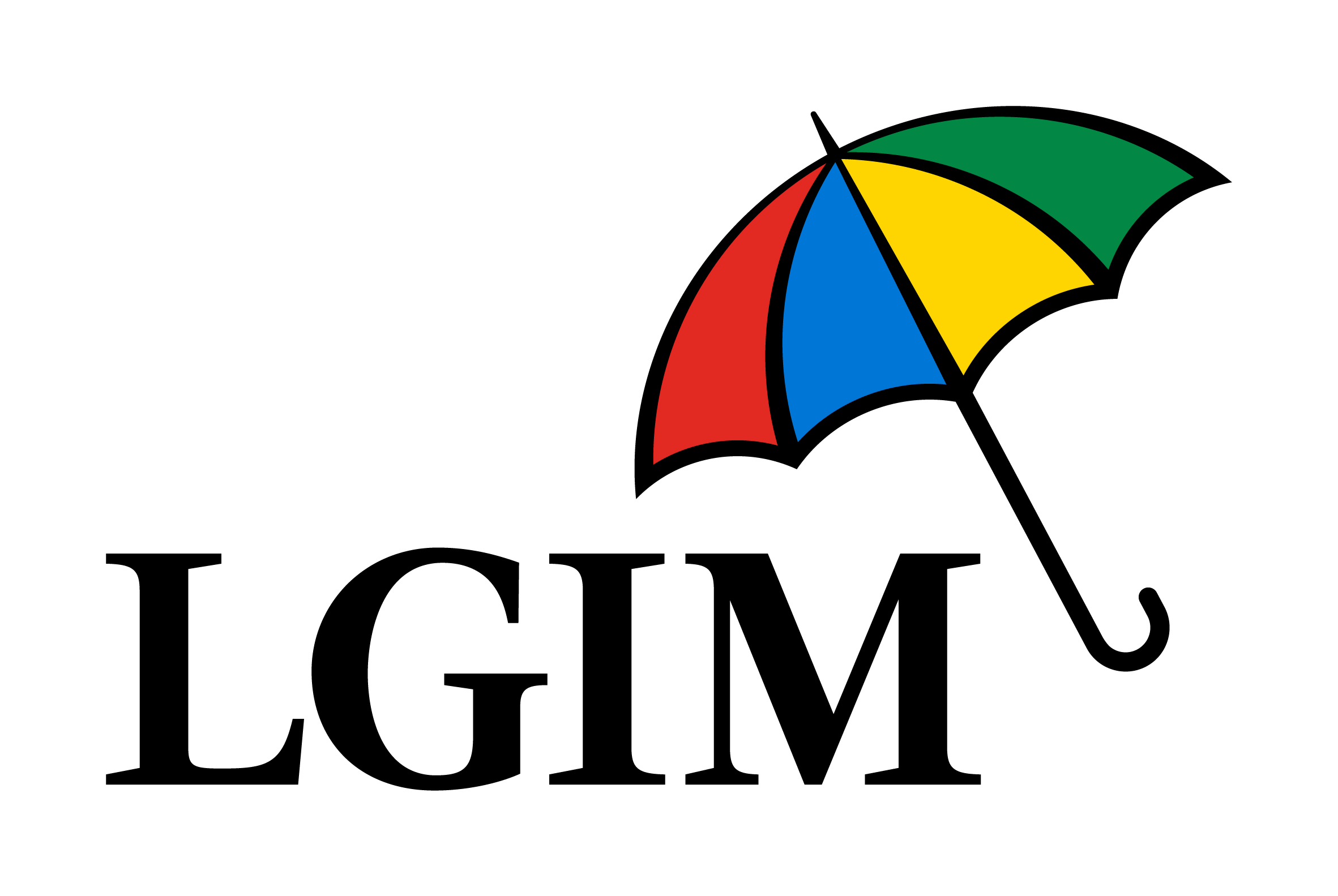European ETF assets grew at a feverish pace during H1, showing investor appetite for the wrapper is far from sated and meaning last year’s impressive growth in assets under management (AUM) will be surpassed by a comfortable margin.
According to data from Bloomberg Intelligence, ETFs listed in Europe saw $109bn inflows in H1 this year, just shy of the record $120bn inflows in 2020 and $112bn net new assets seen in 2019.
In terms of where these new assets have been allocated, the recovery trade has spurred a risk-on environment where equities have been king and inflation fears have kept fixed income relatively muted.
Economies reopening also invited the rotation to cyclical equities, which has seen a revival of factor and smart beta strategies as investors choose to upsize their positions in the ‘old economy’.
As Chris Mellor, head of EMEA ETF equity and commodity product management at Invesco, said: “Value has been favoured over growth in terms of factor exposure, which was evident through flows into not only value strategies but also equal weighted approaches.”
Outflows for financial ETFs prompts questions over end of value run
Echoing his views, Derek Fulton, CEO of First Trust Global Portfolios, said smart beta has come back in vogue due to the value trade this year.
“In Europe, many smart beta ETFs have a value element to them and therefore tended to underperform. What the first half of the year brought to mind for many is the benefit of having a diverse factor exposure.”
Also, despite being biased towards growth equities, the surge of assets into environmental, social and governance (ESG) strategies continued apace during H1 2021 with the asset class now claiming an 11% market share in European ETFs.
“An even more dominant theme, and a much more persistent one if you look back over the past couple years, has been demand for sustainable ETFs,” Mellor continued. “We can see this in both equity and fixed income exposures, with investors often looking to replace existing non-ESG holdings with comparable but better ESG substitutes.”
Cyclical regime change represents first real test for ESG ETFs
Finally, the pace of European exchange-traded product (ETP) launches has continued at high speed, with 238 new openings versus 78 closures as of 25 June, according to data from Bloomberg Intelligence.
Much of these new entrants have been in the thematic category with growth in this segment evidenced by AUM shooting to $41bn by the end of June, up from $15bn at the end of H1 2020.
Howie Li, head of ETFs at LGIM, attributed this to investors moving on from traditional, regional building blocks and towards adopting a global, thematic exposure as part of a changing approach to asset allocation.
Can we expect more of the same?
Perhaps coming as little news to many, Fulton predicts the pace of these thematic launches to continue over the next six months with more niche and creative exposures attracting new money to the ETF wrapper.
Barring an unexpected hiccup courtesy of the coronavirus delta variant, Mellor said the market can expect continued strong demand for ESG ETFs.
“Even though flows into these products have been strong in terms of the amount being captured month on month, they still represent only a small percentage of overall AUM in the ETF and broader ESG markets,” he added.
Elsewhere, Mellor expects assets to flow into China exposures as risk appetite grows and Beijing’s Five-Year Plan sets out its vision for the country becoming a global leader in technology – though this is subject to the government’s recent habit of tightening its grip on the country’s large tech firms.
In the longer term, the consensus remains positive for thematics, with Mellor and Li both expecting to see continued growth in clean energy.
“Investors are increasingly seeking investment strategies that provide exposure to companies driving the growth towards a cleaner and greener economy globally, as well those companies that have a positive social impact, like those reducing inequalities in healthcare systems worldwide,” Li said.
In terms of the outlook for European ETF assets, the general view is that strong growth will be maintained, come what may.
“Although flows may shift between asset classes, the ETF structure clearly has plenty of supporters and for good reason,” Mellor added. “It took around four years for the market to grow from half a trillion at the end of 2015 to one trillion in 2019 and around a year and a half to grow from one to around $1.5trn at the end of June.
“The last half a trillion has been added with a compound annual growth rate of 27% helped by $230bn of inflows and a strong market performance. If this rate of growth were to continue, you could hit the $2 trillion mark in the second half of next year.”
Looking across the pond
Offering a slightly more conservative estimate, First Trust’s Fulton said the $2trn milestone will likely be reached within the next three years. For him, the European ETF growth trajectory lags the trends seen in the US by around five years, so looking across the pond might give us a good idea of what to expect.
In the US, ETF AUM of circa $6.1trn represents about 30% of all long-term investment fund assets, Fulton said, whereas in Europe it is only 10%, at less than $1.1trn.
“We do not know where the total US ETF market share will end up – I would be fairly confident it will be at least 50% if not more – but if Europe only catches up to the US current market share level over the next two to three years then it will easily hit the $2trn mark,” Fulton added.
With that horizon in mind and given Europe’s current position, ETFs’ share of European investment assets is perhaps only a quarter of what it might become.
ETF Ecosystem Unwrapped: The future of ETFs in Europe
Areas to watch, according to Fulton, include more conversions of mutual funds into ETFs. He is also interested in potential expansion in the use of active and outcome ETFs, which have seen $55bn inflows so far this year in the US – equivalent to 10% of all flows – but less than half of this sum in relative terms, in Europe.
This is largely due to the respective regulatory environments with the Securities and Exchange Commission giving the green light to non-transparent ETFs in 2019 while the Central Bank of Ireland and International Organisation Securities Commissions (IOSCO) is yet to make the same move.
Similarly, Fulton said the use of ETF model portfolios is more common on the other side of the Atlantic with advisers more likely to reorient their business to use ETFs across their whole book.
This, he forecasted, could become a catalyst for AUM growth if model portfolios gain more traction in Europe. And while retail uptake of model portfolios is important, he said adoption on a paradigmatic scale would need to be driven by discretionary fund managers (DFMs).






